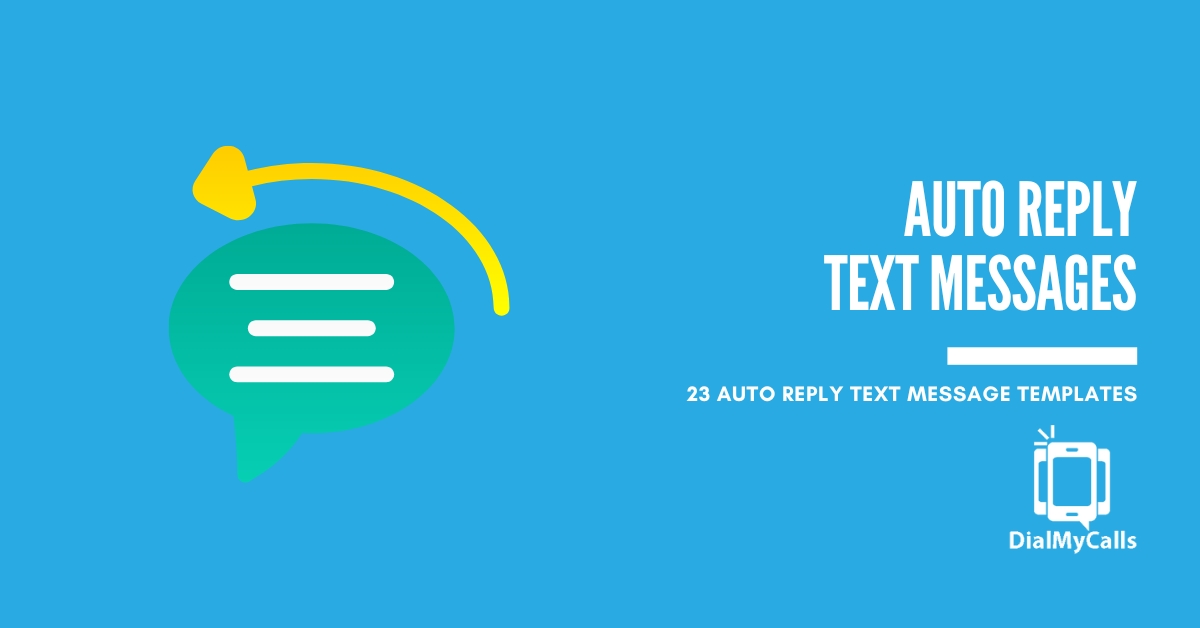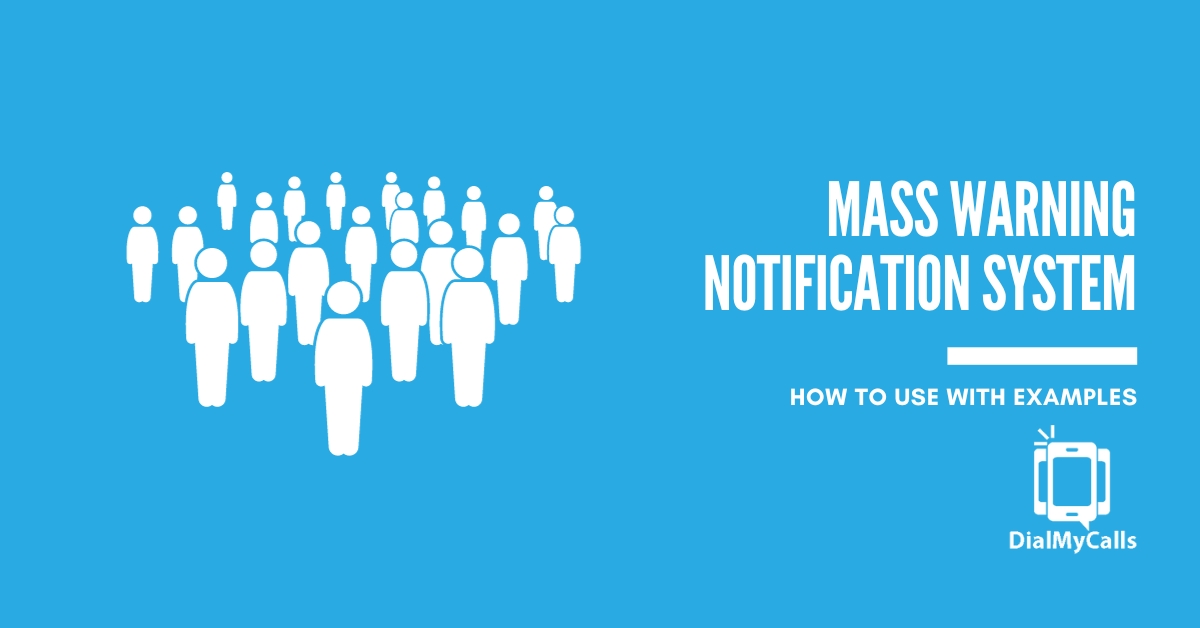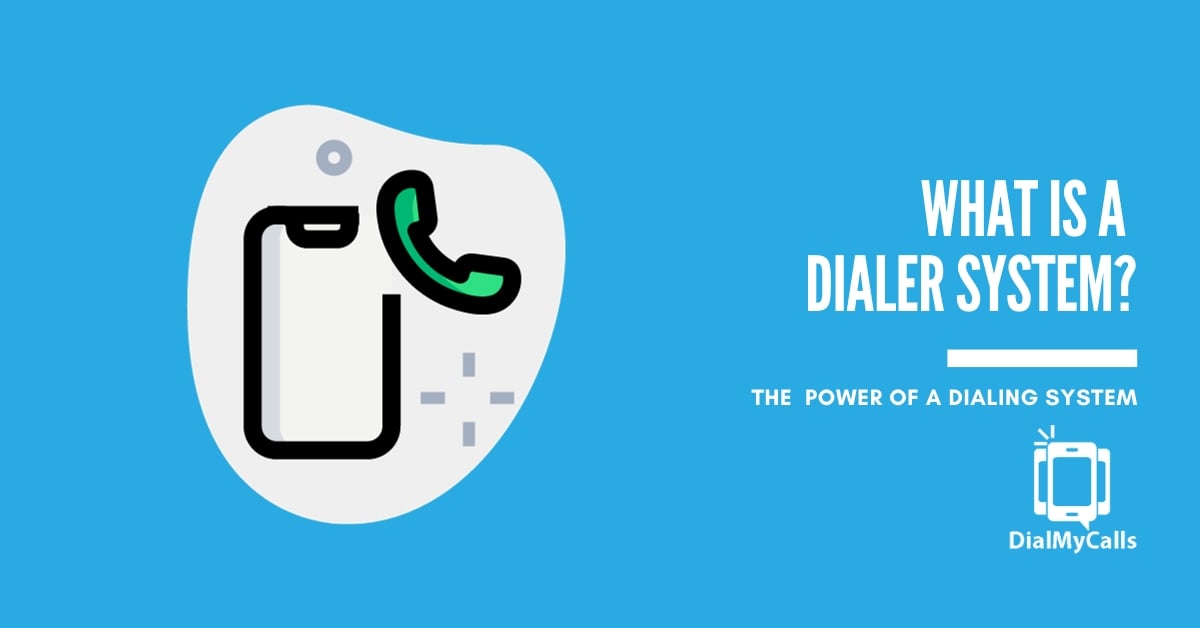Bringing Voice and Text Broadcasting Together
Posted by Brooklin Nash in Mass Notification System on August 19, 2019
Updated on April 23, 2021
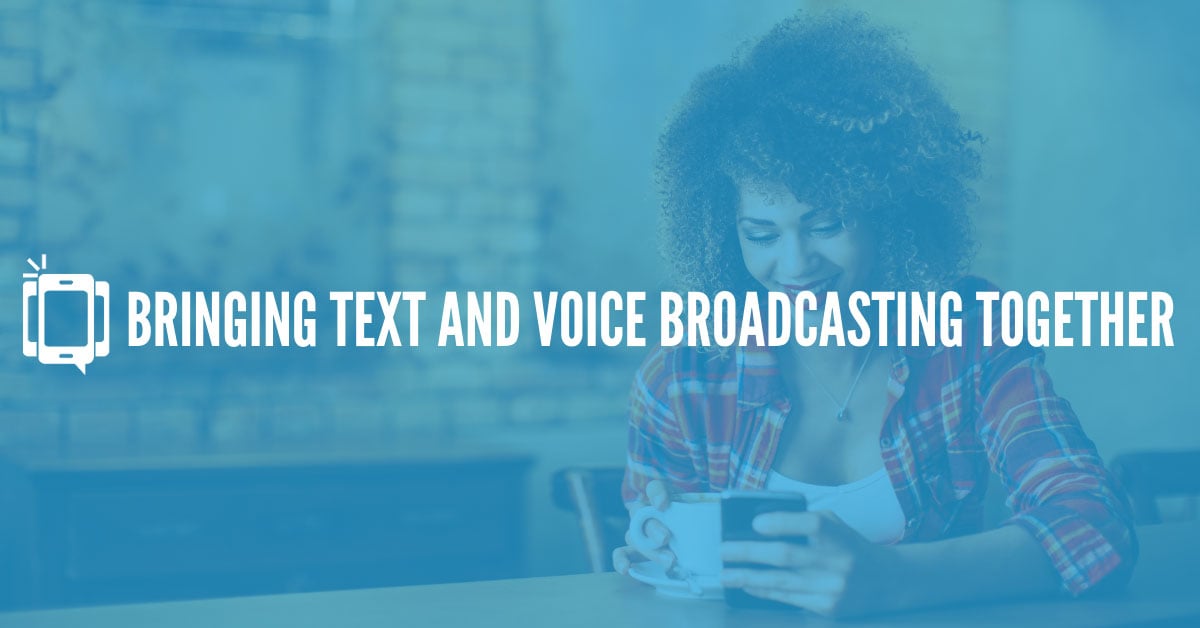
Almost all organizations that communicate with large groups of people have a way of doing so more efficiently than an individual calling each in turn. Whether it’s phone trees, mass text messaging, call broadcasting, social media, or something entirely different, successful organization make use of modern technology to save time and frustration by communicating with many people at once.
Sometimes, though, these organizations stick with a single method of mass communication. And sure, they can contact everyone fairly efficiently. But no audience is comprised of identical individuals. Any audience is usually made up of people with different interests, lives, and capabilities.
If we acknowledge how different our audience members are, then, we should recognize that no one method of communication will be best for all of them. Almost always, a combination of mass text messaging and call broadcasting is the best way to keep everyone on the same page.
Below, we discuss why different communication methods are better for different people, what type of information is best communicated by each, and how different industries can use a combination of mass text messaging and call broadcasting.
Why Different Methods Work for Different People
Anyone who’s gone to school knows that some classmates learn differently than others. Some students learn best working in groups, and others alone; some students learn best when they read information, and others in hands-on experiments.
In the same way, people process information differently based on these learning styles. When we convey information via mass communication, it’s usually because we want people to know and understand the information itself. If we’re reminding a patient about an appointment, we want them to remember. If we’re informing employees of a casual dress day, we want them to remember.
So if we want people to remember what we’re telling them, we have to cater to their different learning styles. Modern technology makes this easy — we have the ability to communicate with both spoken and written words. This creates a scientific basis for communicating with our audience in multiple ways.
Why Different Methods Work in Different Contexts
Of course, some situations call for one method of communication over another. Having both in place makes it easier to choose when these situations arise.
For example, consider a natural disaster. You have to communicate with your employees to relay instructions. However, most buildings have some sort of auditory alarm system. Using only a phone call may not be best. Your employees may not be able to hear over the sound of the alarm or the general air of panic.
However, also consider situations in which your audience is driving. If you need to call a team member’s parent to pick them up from practice, and you know the parent hasn’t arrived home yet, a call may be the best option. Said parent can answer the call while driving, assuming they have a hands-free device as many cars do.
Other times, you may not know the best way to contact someone. If something is time-sensitive or very important, you may want to contact everyone with both a call and a text, to ensure that they receive the message as soon as possible.
Obviously, different contexts call for different methods of communication. Mass text messaging and call broadcasting both have their uses, and sometimes one will work when the other doesn’t.
Examples of Mass Text Messaging and Call Broadcasting in Action
If you don’t think your communication could benefit from a combination of mass text messaging and call broadcasting, think again. All industries can use both of these methods of communication to communicate more quickly and more clearly.
- Schools – If you work with students, you probably have to communicate with their parents or guardians pretty frequently. Communicating with all of them at once saves you time to lesson plan, grade papers, or answer homework questions. Basic communication like homework announcements and pickup times can be done via text message. More pressing matters like discipline issues or grade reports are more suited to a voice call.
- Employees – It’s always important that you keep your employees well-informed, too. Using a combination of both mass text messaging and call broadcasting can keep everyone on the same page. Phone calls can be used to communicate with employees during a commute or to convey more private information. You can use texts to remind them of upcoming events and meetings.
- Churches – Churches have a particularly difficult job of keeping many different demographics engaged. They can use voice calls to receive prayer requests and keep parents informed during youth group activities. They can also use texts to share prayer requests, send out event reminders, and share motivational scripture with their congregation.
- Sports Teams – Sports teams are also groups that rely on a strong sense of communication both on and off the field. Both text and voice calls can help. For example, asking the team mom to pick up extra snacks the morning before a game may require a phone call. Reminding players which jersey they need to wear or the start time of a game may be best done via text message.
Bonus: Email Broadcasts
Though they may seem outdated, mass email broadcasts also have their place in a solid communication strategy. Emails can be received from a desktop or mobile device. They’re particularly well-suited for longer or more detailed messages. Generally, they have a higher capacity for attachments, pictures, and videos than a text would. They allow the recipient to keep all information recorded, and they’re easy for recipients to send on to others.
Not every mass communication software allows users to send emails alongside voice broadcasts and mass SMS text messages, but those that do, such as DialMyCalls, are setting you up for success in every area.
In Conclusion: Mixing It up and Making It Work
It’s clear that both mass text messaging and call broadcasting have their place in any solid organizational communication plan. Even mass emails can help organizations cater to their audience’s different learning styles and receive information in the best way.
An easy-to-use mass communication software such as DialMyCalls is just the thing to get your organization started with emails, mass text messages, and call broadcasts. Tools like this will make it easier, faster, and more effective to communicate with all of your constituents at once.
Sign Up For A Free Trial Today!
Get Started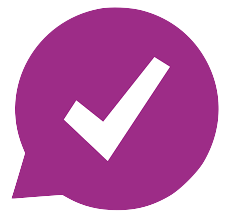
Recent Posts
Categories
“I am a youth minister and have spent hours in the past calling students individually to remind them of an upcoming event or to get out an urgent announcement. With DialMyCalls.com, I cut that time down to about 1 minute. I also love how I can see exactly who answered live and how long they listened so I know if they heard the whole message. DialMyCalls.com is the best website I have stumbled upon all year! Thanks!”
Central Baptist Church
Sign Up For A Free Trial Today!
Get Started
Sign Up For A Free Trial Today!
Get Started
Recent Posts
Categories
“I am a youth minister and have spent hours in the past calling students individually to remind them of an upcoming event or to get out an urgent announcement. With DialMyCalls.com, I cut that time down to about 1 minute. I also love how I can see exactly who answered live and how long they listened so I know if they heard the whole message. DialMyCalls.com is the best website I have stumbled upon all year! Thanks!”
Central Baptist Church
Sign Up For A Free Trial Today!
Get Started


